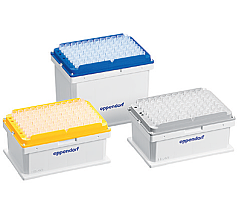Application of 2D and 3D DIAS to Motion Analysis of Live Cells in Transmission and Confocal Microscopy Imaging
互联网
481
The chemotactic signal in Dictyostelium is a cAMP wave that is relayed over relatively large distances through a cell population during aggregation. Cells exhibit unique behaviors in response to the different spatial, temporal, and concentration components of the cAMP wave, suggesting that distinct signal transduction pathways are evoked in each of the various phases of the wave. For this reason, we designed a set of experimental protocols to test responses of normal and mutant Dictyostelium amoebae to the different components of a wave of chemoattractant. We then used computer-assisted two- (2D) and three-dimensional (3D) technologies (2D and 3D Dynamic Image Analysis System [DIAS]) for analysis of cells in the absence of a chemotactic signal (basic motile behavior) and in response to the temporal, spatial, and concentration components of the wave. As a result, we have elucidated parallel and independent pathways activated by specific phases of the cAMP wave. Likewise, human polymorphonuclear neutrophils (PMNs) respond to experimentally applied waves of the chemotactic peptide fMLP, and also exhibit discrete behavioral responses to the different phases. Using Dictyostelium as a paradigm, we applied our protocols to normal and diseased human PMNs and precisely defined a chemotactic defect. In this chapter, we describe methods for quantifying behaviors in Dictyostelium amoebae, PMNs, and other amoeboid cells using 2D and 3D DIAS. These methods are useful in the reconstruction and motion analysis of most migrating cells with transmitted and/or confocal microscopy.









